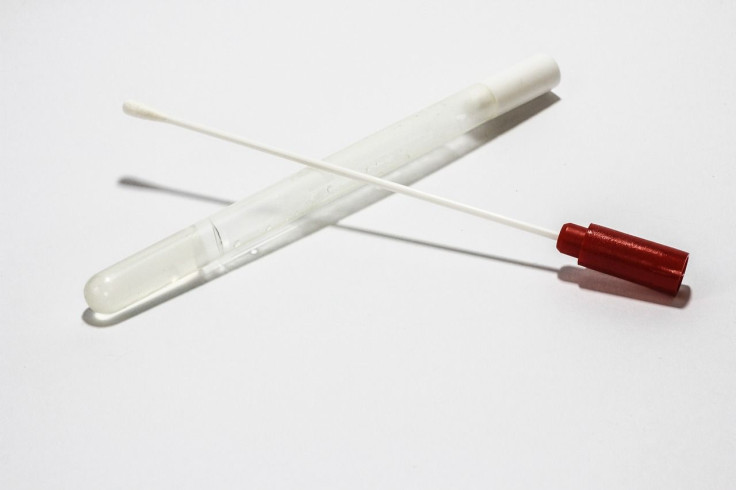Spending on COVID-19 Testing Now to Save Lives Later

Coronavirus testing has garnered news coverage for being inaccessible and expensive. Yet, although the PCR test, the most common current test, has a high price tag, inadequate testing has a high cost of its own.
A new study by physicians at Massachusetts General Hospital suggests that increased testing could cut by half the number of people who might die from the coronavirus in the future .
"There is also a price to not being able to rapidly deploy testing," said Anne Neilan, MD, MPH, an infectious disease specialist at Massachusetts General Hospital in Boston. Dr. Neilan is an author of the study, which looked at the importance of expanded testing for COVID-19.
Researchers took data from the Massachusetts Department of Public Health, information about how COVID-19 has spread, and information about the costs and accuracy of testing, and made a predictive mathematic model, a simulation, of what the future might hold.
"Early in the pandemic, we struggled to provide testing even for people with symptoms of COVID-19," said Dr. Neilan. Expanded testing might have avoided 100,000 infections and saved as many as 100 lives in Boston during the spring, she said in a press statement.
Currently, PCR tests run to about $50 each. These are the tests that require a swab up the nose to test mucus. PCR is an acronym for a special kind of scientific test. Just like DNA testing lets law enforcement find and match criminals to their crimes, PCR for diagnosis that takes tiny samples of viral DNA and allows researchers to compare them to SARS-CoV-2, the coronavirus that causes coronavirus disease.
"There are creative ways to bring test costs down,” said co-author Andrea Ciaranello, MD, an infectious disease specialist in Boston. She suggested strategies like conserving materials, looking for cheaper testing alternatives, and spreading the work of testing among multiple labs. Another option is pooled testing. Pooled testing is a clever way to combine patient samples and get more tests done with less materials. If 20 people get tested, instead of running 20 tests, scientists can run 2 tests, each of them in a mix of 10 of the samples. If one of those tests comes back positive, the group of 10 can be split into 2 groups of 5 and those 2 groups tested. This keeps going with smaller and smaller groups. If only 1 person in the starting 20 was sick pooled testing would cut the number of tests needed in half
The physicians also advocate for greater testing of asymptomatic people. A study, cited by the Centers for Disease Control and Prevention, estimated that 40% to 45% of COVID-19 cases might be asymptomatic. Expanding testing capacity could catch some of these hard-to-detect cases.
"Our data suggest that even now, expanding testing and screening capacity must remain a focus of national efforts," said Dr. Neilan. "When the pandemic is slowing, if testing costs can come down to $5 or less, repeat screening of people without COVID symptoms would decrease infections and deaths, and be cost-effective."
Wide-scale testing might seem expensive, but that cost pales in comparison to the amount of money a hospitalization costs, estimated by the researchers at $1,640 a day for a hospital stay or $2,680 for an ICU stay. Above all, increased testing will also save lives.
Published by Medicaldaily.com



























